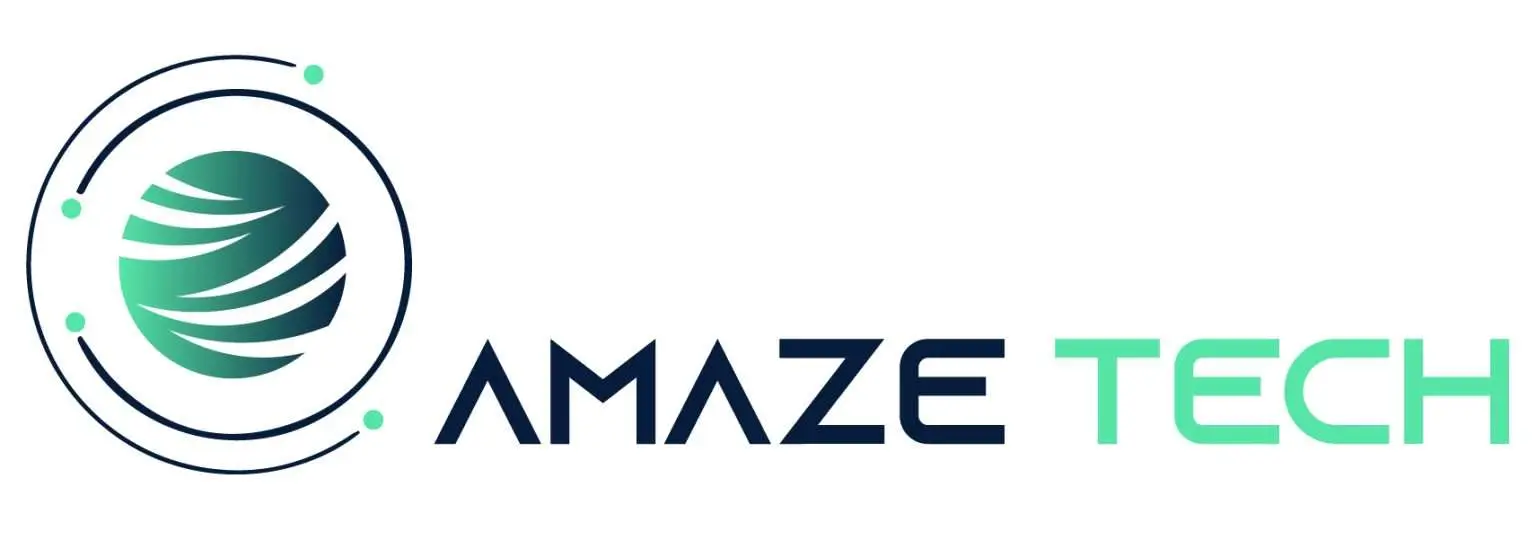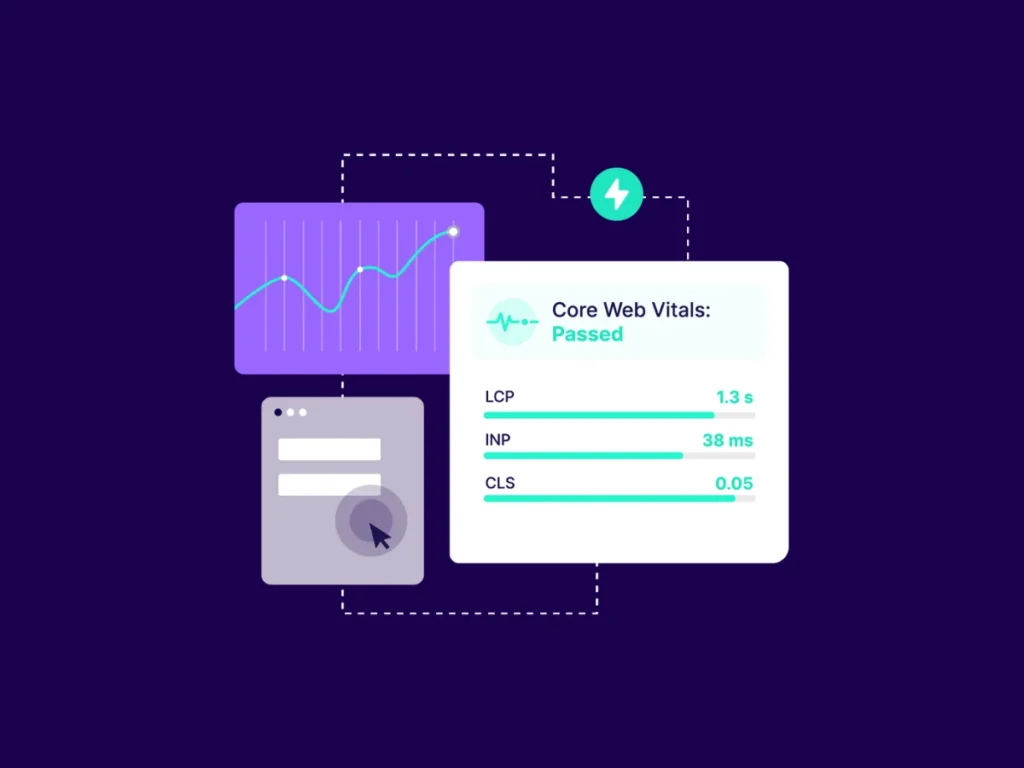In 2025, site speed optimization is more important than ever for SEO, user experience, and conversions. This complete site speed optimization checklist 2025 provides a step-by-step performance optimization guide covering Core Web Vitals, image and media optimization, code improvements, caching strategies, CDN setup, mobile performance, hosting and server enhancements, and advanced speed optimization techniques.
Use this website speed optimization checklist to monitor, audit, and improve your page speed consistently so your website stays competitive in search rankings and delivers faster, smoother experiences to users everywhere.
Why Site Speed Optimization Matters in 2025
In 2025, a slow-loading website can mean the difference between success and failure online. Google continues to prioritize speed and usability through Core Web Vitals, which directly affect rankings. A site speed optimization checklist 2025 ensures your website meets all the requirements for both performance and search engine optimization.
- Users now expect websites to load in under three seconds.
- Over 70 percent of traffic comes from mobile devices, which makes fast performance even more critical
- Search rankings improve significantly when websites pass the Core Web Vitals thresholds.
- Faster websites improve conversion rates, engagement, and overall customer satisfaction.
A website performance optimization checklist 2025 is no longer optional. It is a fundamental requirement for visibility, user trust, and long-term growth.
Essential Site Speed Testing and Analysis Tools
Before beginning optimization, you need reliable tools to measure your current performance. A website speed audit checklist should include multiple platforms to identify bottlenecks.
- Google PageSpeed Insights measures Core Web Vitals and highlights key improvements.
- GTmetrix provides detailed waterfall charts and advanced speed analysis.
- WebPageTest offers flexible testing across devices, networks, and locations.
- Pingdom gives uptime monitoring along with speed reports.
- Lighthouse from Google offers audits for performance, SEO, accessibility, and best practices.
These tools form the foundation of any page speed optimization guide 2025 because they allow you to test, monitor, and validate changes over time.
Core Web Vitals Optimization Checklist
The Core Web Vitals optimization checklist defines the performance metrics that Google considers essential for user experience.
- Largest Contentful Paint (LCP): Aim for less than 2.5 seconds
- Interaction to Next Paint (INP): Target under 200 milliseconds
- Cumulative Layout Shift (CLS): Maintain below 0.1 for visual stability
- First Input Delay (FID): Though now replaced by INP, still a useful measurement for interactivity
Strategies to improve Core Web Vitals include:
- Use high-quality hosting with low server response times
- Preload fonts, images, and critical resources
- Reduce render-blocking JavaScript and CSS.
- Optimize server performance with caching and compression.
- Implement a CDN for faster global content delivery.
Meeting these requirements ensures your site passes the site speed optimization checklist 2025 and remains competitive in search results.
Image and Media Optimization Techniques
Images and videos are usually the heaviest resources on a webpage. A website loading speed checklist always includes media optimization.
- Convert images into next-gen formats like WebP or AVIF.
- Compress with TinyPNG, ImageOptim, or Squoosh without losing visible quality.
- Use responsive images with srcset for different devices.
- Enable lazy loading for below-the-fold content.
- Optimize videos with streaming protocols or host on CDNs
- Use WebP and AVIF for thumbnails and hero images to reduce size.
These techniques drastically reduce load times and are a crucial part of a site performance optimization guide.
Code Optimization: CSS, JavaScript, and HTML
Heavy code slows websites down, which is why a comprehensive speed optimization checklist 2025 focuses on clean, efficient code.
- Minify CSS, JavaScript, and HTML using tools like CSSNano, UglifyJS, and HTMLMinifier
- Combine files when appropriate to reduce requests.
- Defer or async-load JavaScript to avoid blocking rendering.
- Eliminate unused CSS and JavaScript to streamline delivery.
- Optimize third-party scripts, including ads, analytics, and widgets.
Streamlining your code reduces page size, speeds up rendering, and ensures a smoother experience.
Caching Strategies for Maximum Performance
Caching ensures repeat visitors experience much faster load times. A site speed improvement checklist always includes multiple caching strategies.
- Browser caching to store static assets like images and scripts locally.
- Server-side caching with tools such as Varnish or WP Rocket
- Object caching for database queries using systems like Redis or Memcached
- Opcode caching for PHP execution using Opcache
- Plugin caching with WordPress tools like W3 Total Cache or WP Super Cache
When combined, these methods drastically cut down on load times and improve overall website performance.
CDN Implementation and Configuration
A Content Delivery Network (CDN) is essential for global performance. By distributing content across multiple locations, CDNs reduce latency and speed up delivery.
- Choose reliable CDNs like Cloudflare, Amazon CloudFront, KeyCDN, or Akamai.
- Enable modern protocols like HTTP/2 and HTTP/3.
- Use CDN-level caching to deliver static assets instantly.
- Configure CDN rules for handling images, scripts, and dynamic assets
- Leverage CDN features for image optimization and automatic compression.
A CDN is one of the highest-impact steps in a website performance optimization checklist for 2025.
Mobile Speed Optimization Checklist
With Google’s mobile-first indexing, mobile performance cannot be ignored. A mobile speed optimization checklist ensures your site is ready for mobile users.
- Implement responsive design with CSS media queries.
- Configure correct viewport meta tags.
- Prioritize above-the-fold content with critical CSS.
- Minimize large images and avoid oversized resources.
- Test mobile speed using Google Mobile-Friendly Test.
- Reduce JavaScript dependencies for essential features.
Mobile users often rely on slower networks, so optimization ensures a seamless experience.
Server and Hosting Optimization
Your server and hosting environment form the backbone of your website performance audit checklist.
- Use high-performance servers with SSDs
- Upgrade to VPS, dedicated hosting, or cloud hosting for scalability.
- Enable server-level caching with Nginx or Varnish.
- Configure HTTP/2, HTTP/3, and TLS 1.3 for faster connections
- Optimize databases by removing unnecessary tables and queries.
- Use reliable hosting providers that guarantee uptime and low response times.
A strong hosting foundation ensures the rest of your optimizations perform effectively.
Advanced Speed Optimization Techniques
Once the basics are implemented, advanced strategies help you outperform competitors. A complete site speed optimization guide for 2025 should include:
- Gzip or Brotli compression for reduced file sizes
- Prefetching, preconnecting, and preloading for critical resources
- Reducing redirects and eliminating redirect chains
- Implementing AMP or Progressive Web Apps (PWAs) for mobile performance
- Setting performance budgets to limit heavy resources
- Monitoring third-party scripts and removing unused plugins
These advanced page speed optimization techniques can reduce milliseconds that make a noticeable difference in user experience.
Monitoring and Maintaining Site Speed
Site speed optimization is not a one-time effort. Ongoing monitoring ensures long-term success and compliance with the site speed optimization checklist 2025.
- Track performance metrics in Google Search Console
- Monitor Core Web Vitals using PageSpeed Insights.
- Set up automated alerts with Pingdom for downtime and slow load times.
- Regularly audit scripts, plugins, and hosting environments.
- Test your site with Lighthouse and GTmetrix after updates.
Consistent monitoring ensures your site stays optimized and avoids slipping back into poor performance.
Final Thoughts
In 2025, following a site speed optimization checklist will no longer be optional. It is the backbone of SEO, user engagement, and online success. By using a website performance optimization checklist, you can identify bottlenecks and fix them before they harm your rankings. Implementing improvements across Core Web Vitals, image and media optimization, code minification, caching strategies, CDN configuration, and mobile speed ensures your website delivers lightning-fast experiences to every user.
Advanced speed optimization techniques such as compression, preloading, and PWAs future-proof your site for evolving demands. Regular monitoring keeps you aligned with Google’s expectations and user needs.
A page speed optimization guide not only boosts search visibility but also increases conversions and customer trust. Faster websites mean better results, and in the competitive digital landscape of 2025, speed is the ultimate differentiator.







